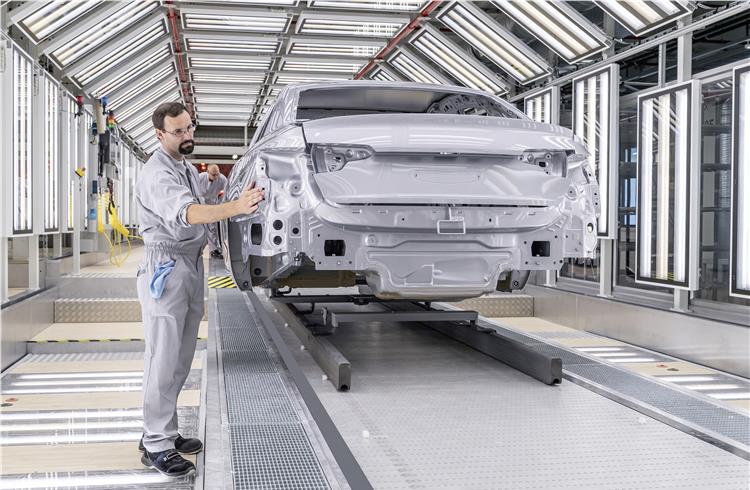
Unmissable Tech to Eliminate Paint Defects in Car Manufacturing
Share
In the highly competitive world of automotive manufacturing, maintaining impeccable quality is crucial for brand reputation and customer satisfaction. One significant concern for manufacturers is paint defects. These blemishes on the surface of vehicles can greatly diminish their aesthetic appeal and overall quality. As such, eliminating paint defects in car manufacturing has become a top priority for companies. In this article, we will explore shocking technologies that are making this process more efficient and less prone to errors, ensuring that manufacturers are not only meeting but exceeding customer expectations.
Modern car manufacturing is a blend of art and science, integrating technology in ways that were unimaginable a few decades ago. In this article, we will discuss various cutting-edge solutions that help manufacturers eliminate these defects from their production lines.

Tackling the Challenge of Paint Defects
The automotive paint process is one of the most critical stages in vehicle production. Paint defects can appear in various forms, including runs, sags, orange peel, and more. Understanding these defects is the first step in eliminating paint defects in car manufacturing. By addressing the root causes, manufacturers can effectively minimize such occurrences.
Latest Technologies in Car Paint Applications
The journey to achieving a flawless paint job begins with the right materials and methods. Innovative technologies like automated spray booths and advanced coatings can alter the way vehicles are painted completely. For instance, some manufacturers are adopting robotics for paint application, significantly reducing human error.
A key point to consider is the use of paint wraps as a viable alternative to traditional paint. These wraps not only eliminate the problem of paint defects but also offer versatility in design and ease of maintenance.
The Role of Quality Control Systems
Implementing efficient quality control systems has proven to be essential in managing defects. Advanced technologies, including AI and machine learning algorithms, are being utilized to detect defects during the painting process. These systems can analyze real-time data and provide instant feedback, allowing for immediate adjustments.
For example, Toyota has been at the forefront of these technologies, streamlining their manufacturing process significantly by minimizing human input and optimizing efficiency.
Surface Preparation: Ensuring Flawless Adhesion
One critical aspect of paint application is surface preparation. The paint must adhere correctly to the vehicle surface to prevent defects. Technologies like chemical treatments and automated sanding tools are helping to ensure that surfaces are ready for painting.
Choosing the right sandpaper can make a huge difference during this stage. It ensures the proper texture is achieved, and the surface is primed for a smooth finish.
Future Trends in Paint Technology
The future holds tremendous promise for advanced paint technologies. Innovations such as nano-coatings are set to take the industry by storm, providing options for self-healing and scratch-resistant surfaces.
As we strive to meet the demands of an eco-conscious society, the push for green technologies is more apparent. Solvent-free paints and water-based systems are becoming more common, further minimizing the chance of defects.
FAQs
What are common paint defects?
Common paint defects include runs, sags, orange peel, and dust in the paint.
How can technology help in eliminating paint defects?
Technology such as AI and robotics can detect and minimize defects during the painting process, enhancing quality control.
What is the significance of surface preparation?
Proper surface preparation ensures the paint adheres correctly, which is crucial in preventing defects.

Conclusion
In conclusion, the automotive industry is on the brink of a transformation regarding how it tackles paint defects. By embracing groundbreaking technologies and methodologies, manufacturers can drastically reduce the chances of imperfections, ensuring that every vehicle rolling off the assembly line meets high-quality standards. The future of eliminating paint defects in car manufacturing is not just a possibility; it is becoming a thrilling reality.
